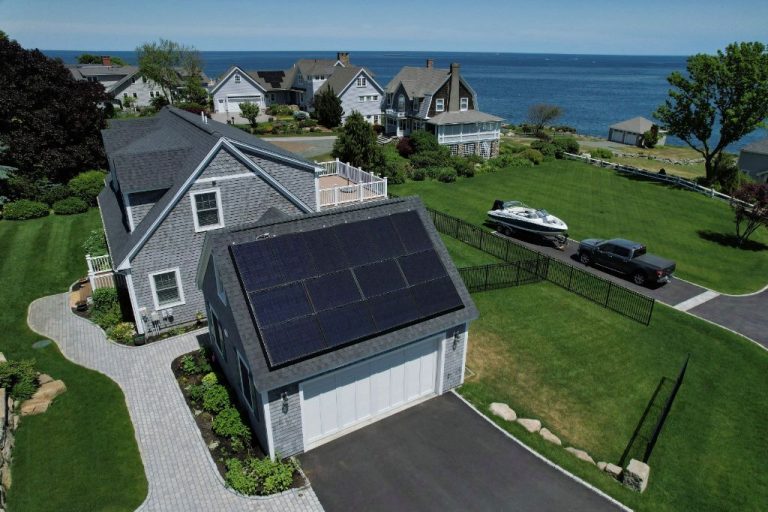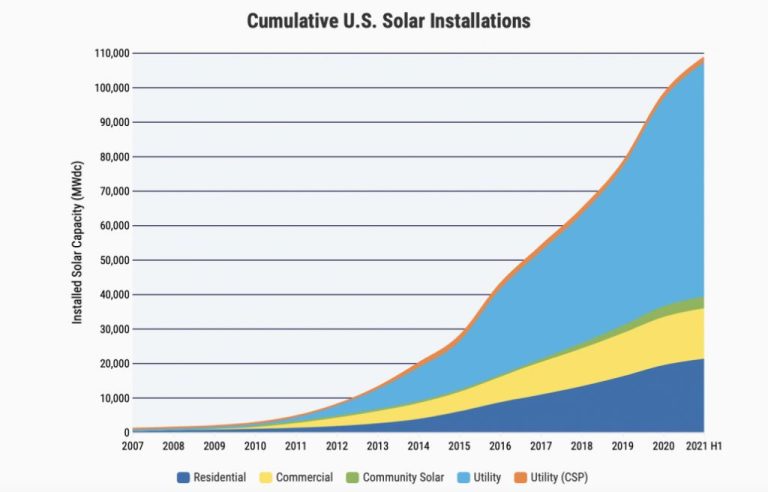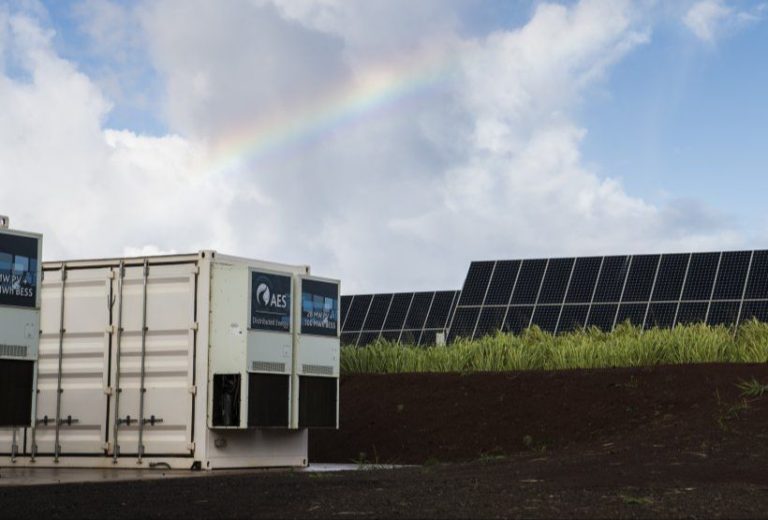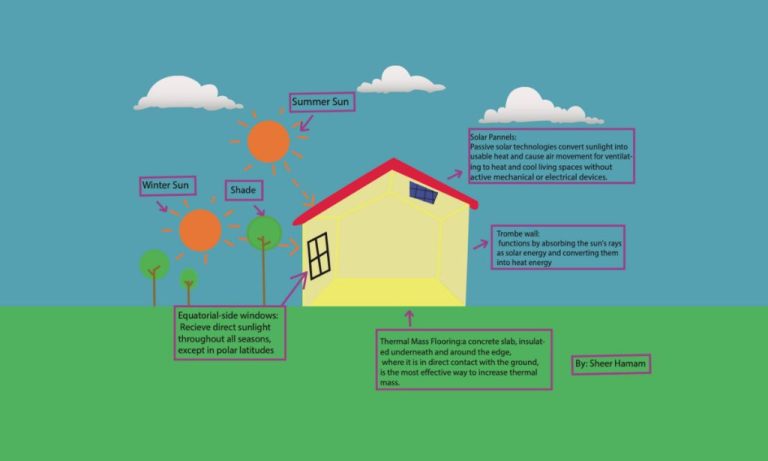Can Coal Be Replaced By Solar Energy?
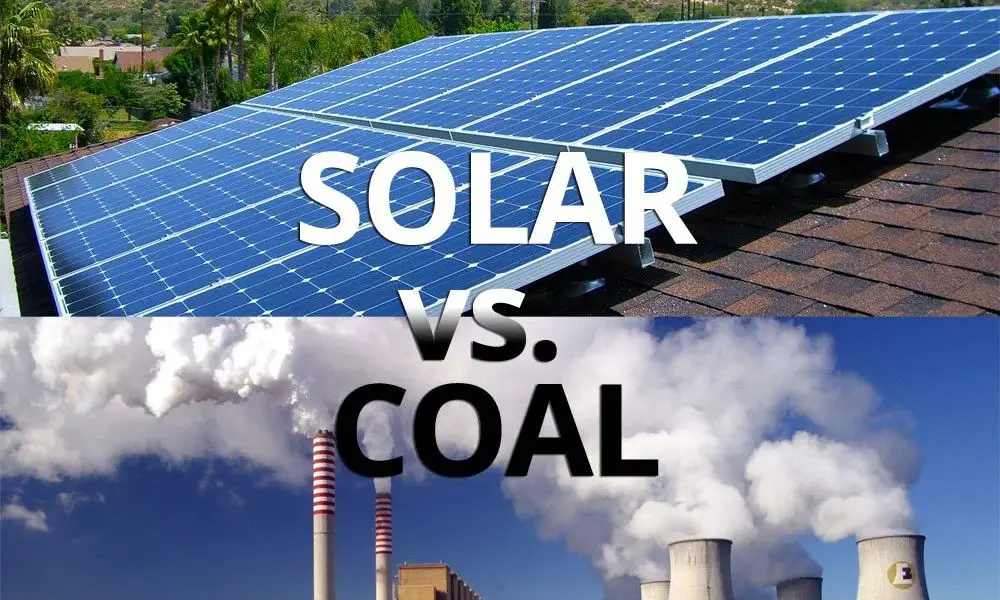
Coal has been a dominant source of electricity generation for over a century, but its role is being challenged by the growth of renewable energy, especially solar power. The key question is whether solar energy can realistically replace coal and meet the world’s energy needs. This article examines the potential of solar to replace coal, the challenges it faces, and the path forward.
The central thesis is that solar energy has the potential to replace coal for electricity generation globally, but faces obstacles related to costs and scalability. Significant growth in solar generation capacity and rapid declines in costs have made it competitive with fossil fuels in many markets. However, inherent limits exist in scaling up solar due to intermittent generation and constraints of the electrical grid. With supportive policies, advances in energy storage and transmission infrastructure, solar could eventually phase out coal plants but it requires substantial long-term investments.
Cost comparison
When examining the costs of coal versus solar power on a per kilowatt-hour (kWh) basis, most analyses show that solar is cheaper in many cases. According to a 2021 analysis by the financial advisory firm Lazard, the unsubsidized levelized cost of energy (LCOE) for utility-scale solar ranges from $28-41 per MWh, while the LCOE for coal typically ranges from $65-150 per MWh.
Specifically, recent utility-scale solar projects have cost around $28-36/MWh, which is cheaper than the operating cost of many existing coal plants. Coal plants often spend $33/MWh or more just on fuel, maintenance and operating costs. This means in many regions, newly built solar can generate cheaper electricity than existing coal plants can produce.
Scale of coal
Coal remains one of the largest sources of electricity generation globally. According to World Bank data, coal accounted for 37% of global electricity generation in 2019. The top coal power countries are China, India, the United States, and Japan, which together accounted for over 75% of global coal power generation in 2020 (Ember report). In China, coal generated 66% of electricity in 2020. In India, coal accounted for 71% of power in 2020. The United States generated 20% of its electricity from coal in 2020, while Japan generated 32% from coal that year.
Potential of Solar
Solar energy has enormous potential as an energy source. The amount of solar radiation striking the earth’s surface each year is more than 10,000 times the world’s total annual primary energy consumption (Wikipedia). The solar resource is abundant across large areas of the planet. According to Wikipedia, the leading country for total installed solar capacity in 2022 was China, with about 390 GW. Other top countries include the United States, Japan, India, and Germany.
One consideration for solar is capacity factor, which measures the average power output relative to the rated peak power. According to Statista, the average global capacity factor for utility-scale solar PV systems was around 17% in 2022. Capacity factors vary geographically depending on the solar resource and are generally higher in sunnier locations. Overall, the worldwide solar resource is more than sufficient to supply a substantial share of global electricity demand.
Grid integration
Integrating large amounts of solar energy into the electrical grid presents several challenges. Solar power is variable and weather-dependent, which can lead to fluctuations in energy supply (Overview of Grid Integration Issues). The grid was designed for steady, predictable power flows from large fossil fuel and nuclear plants, not intermittent renewables.
One major challenge is upgrading transmission infrastructure to handle distributed solar generation. New high-voltage power lines are needed to transport solar power from sunny areas to demand centers (Integrating Solar Energy into the Grid Challenges and Remedies). The grid also needs advanced sensors, forecasting tools, and communication networks to balance supply and demand.
Solutions include building large-scale storage to smooth fluctuations and developing smart inverters that can control solar power output. Market reforms like shortening scheduling intervals can improve forecasting. Flexible fossil fuel plants can help fill gaps. Ultimately, modernizing the aging grid infrastructure is critical for high solar penetration.
According to the California Energy Commission, energy storage plays a vital role in integrating more renewable energy like solar onto the grid. As more solar power comes online, energy storage helps smooth out fluctuations in energy supply and demand. Large-scale batteries coupled with solar farms can dispatch power when the sun is not shining. Meanwhile, behind-the-meter storage in homes and businesses can reduce peak demand spikes on the grid.
Lithium-ion batteries have emerged as one of the leading energy storage technologies. Costs for lithium-ion batteries have declined nearly 90% in the last decade, according to SolarReviews. However, adding battery storage to a home solar system still represents a significant investment. The cost for a 10 kWh home battery system ranges from around $12,000 to $20,000 before incentives, according to Green Power Energy.
Energy Storage
Transmission infrastructure
Scaling up solar power will require substantial investment in new transmission lines and infrastructure. According to a 2019 study from Lawrence Berkeley National Laboratory, the average cost for new transmission lines for renewable energy ranges from $1 to $10 per MWh. Building out transmission for solar comes at a significant cost compared to existing coal infrastructure. For example, one analysis in Texas found the cost of new transmission for wind and solar was 2-4 times higher than existing transmission for coal and nuclear.
Policy incentives
Governments around the world have implemented various policies to incentivize and accelerate the adoption of solar energy. These include subsidies, tax credits, and favorable regulations. According to the World Economic Forum, some countries are offering half-price energy bills for households located near wind farms as a renewable energy incentive (https://www.weforum.org/agenda/2023/05/renewable-energy-incentives-households-countries/).
Specific solar incentives vary by country. In Europe, many countries have implemented feed-in tariffs which guarantee renewable electricity generators, like solar panel owners, a minimum price per kWh fed into the grid. Spain offers subsidies of 15-45% for commercial, industrial and residential solar installations according to LinkedIn (https://www.linkedin.com/pulse/european-countries-photovoltaic-pvsubsidy-policies). A review in Science Direct notes that Turkey has incentives including tax exemptions and discounted licensing fees for solar (https://www.sciencedirect.com/science/article/pii/S2090447921004470).
Proper policy incentives can accelerate solar adoption by making it more affordable and financially viable for energy consumers.
Public opinion
Overall, there is broad public support in the United States for transitioning away from fossil fuels like coal and towards renewable energy sources like solar power. According to Pew Research Center surveys, 89% of Americans favor increasing solar panel farms and 83% support more wind turbine farms. However, a smaller majority – just 31% of Americans say they are ready to completely phase out oil, coal and natural gas.
A Pew study from 2016 found most Americans prioritize developing alternative energy sources like wind, solar and hydrogen over expanding fossil fuel sources. But many also view fossil fuels as still having a role to play in the U.S. energy mix going forward. With the costs of renewables declining rapidly in recent years, public support for solar and wind continues to grow.
Conclusion
Based on the analysis, it’s feasible for solar power to replace coal as a major energy source, but the transition will take time. The costs of solar have dropped dramatically in the past decade and are now competitive with coal in many regions. However, coal still accounts for a large share of baseload power generation globally. While solar has huge potential, especially with energy storage improvements, there are still challenges around integrating large amounts of variable renewable energy into the grid. The transmission infrastructure also needs major upgrades to connect solar resources with load centers.
With the right policy incentives and public engagement, a gradual phasing out of coal for solar generation seems viable over the next few decades. However, it can’t happen overnight given the massive scale of existing coal plants versus current solar capacity. Realistically, solar may be able to replace coal almost entirely in some countries by 2050, if solar deployment grows exponentially. But developing nations may take longer to transition. Overall the future is bright for solar to displace coal, but it requires diligent planning, grid modernization, and cooperation across the energy sector.

